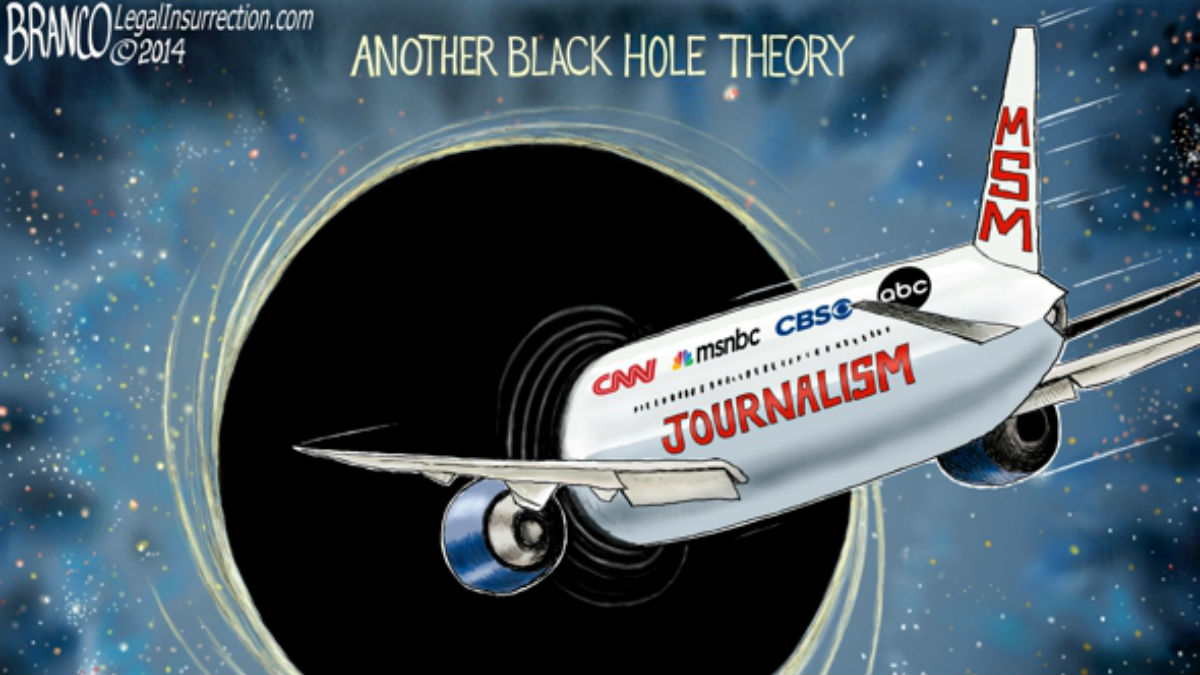Since the recent announcement that Trump’s Federal Communications Commission (FCC) is almost certainly going to do away with net neutrality when they vote on the issue on December 14, pundits on every side of the issue have been weighing in with their opinions. This contributes to the confusion of what is no doubt a very difficult, even slippery, topic. Pro-White activists haven’t been remiss in sharing their view and some circles have been inflamed by the debate, with a growing consensus that net neutrality is not good for our movement and we will be better off when the FCC gets rid of it. I will try to explain why they are dead wrong.
What is the Internet?
Judging from much of the befuddled commentary, it appears that we might benefit from a brief (and somewhat simplified) primer on exactly what the Internet is. The Internet is an actual physical thing; it isn’t some abstraction of software or websites or users, per se. At its simplest, it is machines (servers, routers, etc.) connected by wires (technically speaking, networks — hence the term Internet). These machines run protocols like the File Transfer Protocol (FTP), email, gopher, etc. One protocol, the HyperText Transport Protocol (HTTP) is king of the Internet. The websites that we connect to via this protocol, constitute the World Wide Web (WWW). Many conflate the WWW with the Internet — it’s important to remember, for the purposes of this discussion, that they are not the same thing.
What is Net Neutrality?
The Wikipedia article on net neutrality gives a surprisingly useful definition:
Net neutrality is the principle that Internet service providers must treat all data on the Internet the same, and not discriminate or charge differently by user, content, website, platform, application, type of attached equipment, or method of communication. For instance, under these principles, internet service providers are unable to intentionally block, slow down or charge money for specific websites and online content.
Put succinctly, net neutrality means that all Internet traffic must be treated the same. (This site gives state-by-state data on support for net neutrality.)
Keep the above definitions in mind as we explore the arguments against net neutrality and demonstrate why they’re false.
Unpacking the Arguments against Net Neutrality
After reading articles and listening to the podcasts of a handful of alt-right pundits who are in favor of allowing the FCC to eliminate it, I was able to boil-down their commentary to six essential arguments against net neutrality.
Argument 1: Our enemies, large Silicon Valley-type mega corporations (particularly social media Web sites like Google, YouTube, Twitter, etc.), are in favor of net neutrality, so it must be wrong.
First, it should be obvious that, whilst our enemies are extremely powerful, they are not infallible. Just because they think something is good for them, doesn’t mean it is and even if it is, that doesn’t necessarily mean it’s bad for us.
Second, and more importantly, it is more likely that these mega-corporations are merely virtue signaling to their Social Justice Warrior (SJW) supporters and are secretly working behind the scenes to promote the end of net neutrality. That said, there is one compelling reason why these large content sites might want to maintain net neutrality: without it, ISPs will be able to charge them more money to send data down their wires (more on that below).
As a side note, it might be edifying to understand that SJWs are in favor of keeping the net neutral for all the wrong reasons. They, like those of us on the pro-White right, seek to maintain freedom of speech because they see themselves as discriminated against dissidents whose voices won’t be heard without freedom of speech. Of course, they’re wrong; they aren’t victims of discrimination. They are the empowered — useful idiot pawns of the regime who are favored, not discriminated against. The similarities between the cultural Marxist left and the White right go even further when we understand that the foundational belief of both groups is that there is a conspiracy of elites to dominate the globe. The only difference is that SJWs believe in the conspiracy theory that those elites are “rich White men” (ignoring the role of Jews as a moving force in this elite), while we believe in the fact that this opposes the true interests of Whites. The difference means everything. Read more




 The film Moneyball was well-received by both audiences and critics and an Academy Award contender for best film at the 2012 Oscars. It was based on Michael Lewis’ 2003 nonfiction book by the same name and directed by Bennett Miller from a screenplay written by Aaron Sorkin (who I understand was the guiding force behind the film) and Steven Zaillian. Moneyball recounts the story of the 2002 season of the Oakland A’s major league baseball team. The film centers on A’s general manager Billy Beane’s efforts to put together a winning team that year despite a limited budget. The thesis of this writing is that Moneyball is a good illustration of how the media distort reality and transmit negative perceptions of white people and their ways.
The film Moneyball was well-received by both audiences and critics and an Academy Award contender for best film at the 2012 Oscars. It was based on Michael Lewis’ 2003 nonfiction book by the same name and directed by Bennett Miller from a screenplay written by Aaron Sorkin (who I understand was the guiding force behind the film) and Steven Zaillian. Moneyball recounts the story of the 2002 season of the Oakland A’s major league baseball team. The film centers on A’s general manager Billy Beane’s efforts to put together a winning team that year despite a limited budget. The thesis of this writing is that Moneyball is a good illustration of how the media distort reality and transmit negative perceptions of white people and their ways.



